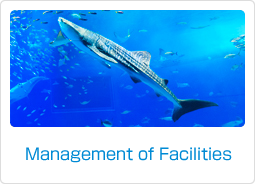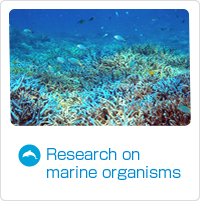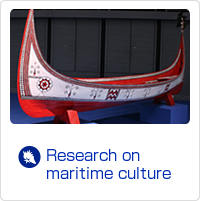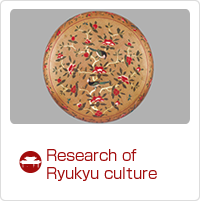- Home
- Okinawa Churashima Foundation Research Institute
- Studies of Marine Animals
- Research activity report
- Stools are held in until birth! Publication of scientific paper on fecal accumulation in stingray fetuses.

Research on marine organisms
Stools are held in until birth! Publication of scientific paper on fecal accumulation in stingray fetuses.
In mammals, the fetus grows in its mother’s uterus for months before it is born. This type of live-birth reproduction is called viviparity. If the fetus were to discharge feces while in the uterus, it would contaminate the amniotic fluid, and be detrimental to the growth of the fetus. In order to avoid this, a mammal fetus accumulates fecal matter within its body until birth.
There are many viviparous species of sharks and rays. We have studied the fetuses of viviparous stingrays and confirmed that, like mammals, they accumulate feces until birth.
In our studies, we have also clarified the difference in the mechanisms of fecal accumulation between mammals and rays. A mammal fetus receives nutrients via blood from the placenta, while a stingray fetus consumes uterine milk secreted from the uterine wall. Due to this difference, a fetal stingray produces a larger quantity of feces than a comparable mammal. In order for the fetal stingray to hold these feces, its intestines are much larger (proportionally 4 to 6 times larger than an adult stingray).
Authors
Taketeru Tomita, Masaru Nakamura, Yasuhisa Kobayashi, Atsushi Yoshinaka & Kiyomi Murakumo (Name in bold: Churashima Foundation staff)
Title of Paper
Viviparous stingrays avoid contamination of the embryonic environment through faecal accumulation mechanisms
Title of Journal
Scientific Reports
Link to Article
https://www.nature.com/articles/s41598-020-64271-2
(It is free to access this article)
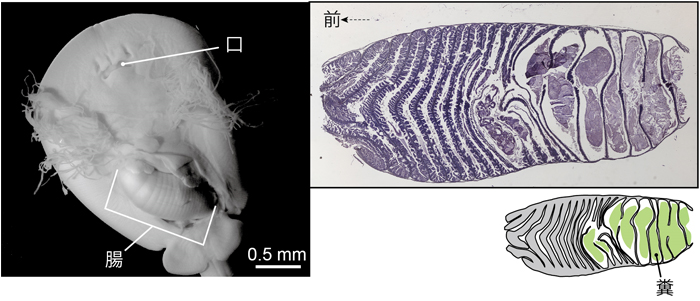
Figures: (Left) Fetus of the red stingray viewed from the ventral side.
(Right) A sectional photo of the fetus’s intestine. Feces is accumulated at the rear.
Copyright (c) 2015 Okinawa Churashima Foundation. All right reserved.













